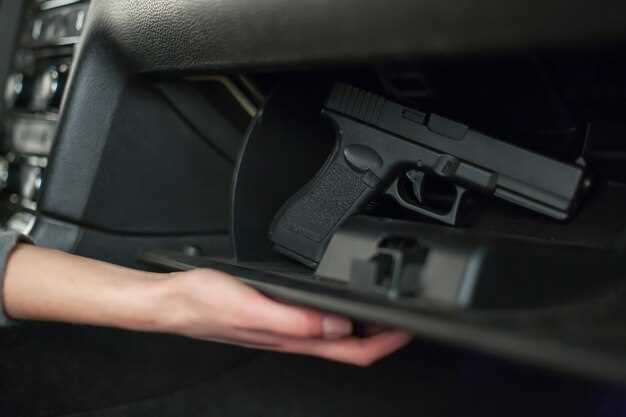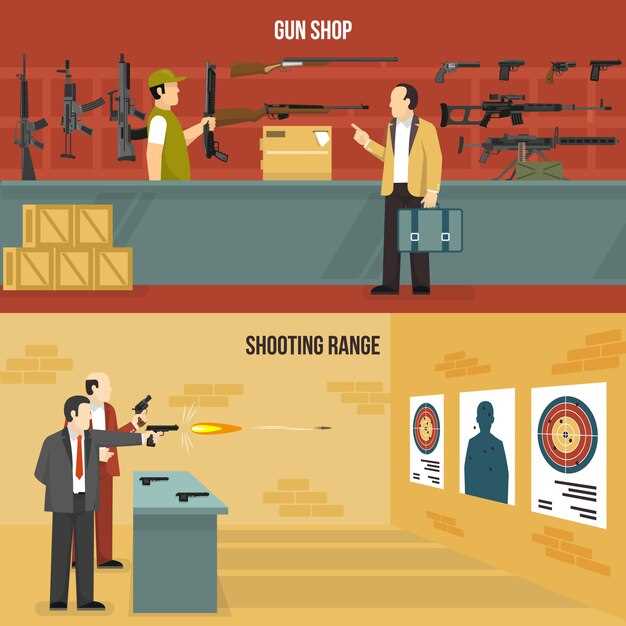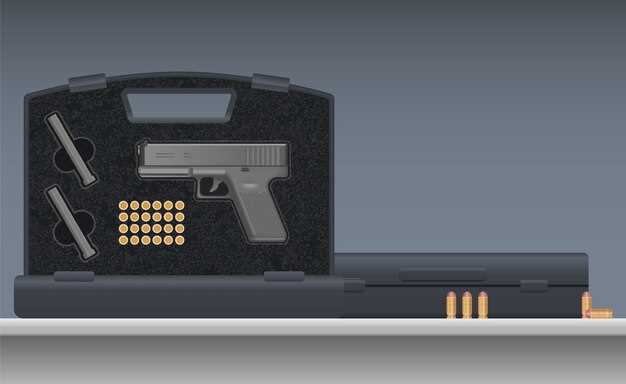
How to properly store your firearms at home

Ensuring the safety of your firearms while storing them at home is a critical responsibility for any gun owner. Proper storage practices not only protect your weapons from unauthorized access but also help keep your family and others safe from accidental discharges. In this article, we will explore essential tips for creating a secure environment for your firearms that adheres to best practices for safe storage.
Choosing the right storage solution is fundamental. A variety of options exist, ranging from gun safes to cabinets, each designed to provide optimal security. When selecting a storage unit, consider factors like durability, fire resistance, and level of security against unauthorized access. It is essential that the storage method you choose aligns with your specific needs and the legal requirements in your area.
In addition to selecting a reliable storage solution, implementing a routine for regularly checking the condition of your firearms and storage area is crucial. This includes ensuring that ammunition is stored separately and securely, and that the environment is kept dry to prevent rust and deterioration. By following these guidelines, you can create a safe and efficient storage system that not only protects your firearms but also promotes responsible ownership.
Choosing the Right Gun Safe for Your Needs
Selecting the appropriate gun safe is crucial for ensuring the security of your firearms. Consider the size first; it should accommodate all your guns along with any additional gear you may have, such as ammunition and accessories. A safe that is too small will leave your firearms unprotected, while one that is excessively large can be cumbersome to install and access.
Next, evaluate the safe’s construction materials. Look for safes made from heavy-duty steel, which offers better resistance against tampering and forced entry. Pay attention to the thickness of the walls and the door, as this contributes to the overall protection level. A quality gun safe should also come equipped with a robust locking mechanism to prevent unauthorized access.
Fire ratings should also be considered. A gun safe that has a fire-resistant rating can provide crucial protection in the event of a fire, protecting your firearms from damage. Look for safes with at least a 30-minute rating, which indicates they can withstand high temperatures for a specified period.
Finally, think about the locking mechanism. There are several options, including traditional key locks, combination locks, and electronic locks. Electronic locks offer convenience and quick access but ensure they are reliable and have a backup key option. Whichever type you choose, ensure it meets your access needs while providing robust security.
Optimal Placement and Installation of Your Gun Safe

Choosing the right location for your gun safe is crucial for ensuring both security and accessibility. Ideally, your safe should be placed in a concealed area of your home, away from windows and out of direct sight from entry points. Consider locations like basements, closets, or utility rooms that provide a strategic advantage against potential intruders.
When selecting a spot, ensure the floor can support the weight of the safe. Many safes are heavy and may require reinforcement before installation. Use appropriate flooring materials, as hardwood or concrete will generally provide better stability compared to tiles or carpets. It’s essential to secure the safe to the floor or wall to prevent it from being tipped over or removed in the event of a burglary.
Accessibility is another key factor. Your gun safe should be easily reachable for authorized users while remaining hidden from unauthorized access. Consider the height of the safe; it should be at a level that allows easy access but not easily noticeable. Additionally, it’s prudent to avoid placing the safe near high-traffic areas to reduce the risk of accidental discovery.
Installation should be executed carefully. Follow the manufacturer’s guidelines for securing the safe, which often include bolting it to a concrete floor or anchoring it to wall studs. Use high-quality hardware that can withstand tampering or brute force. Regularly check the installation to ensure that it remains secure over time.
Finally, consider environmental factors such as humidity and temperature. Ensure your gun safe is in a climate-controlled area to prevent rust and degradation of firearms. Using a dehumidifier or silicone packets inside the safe can help maintain optimal conditions for the preservation of your firearms.
Maintaining and Organizing Firearms Inside the Safe

Proper organization of firearms inside a safe is crucial for both safety and accessibility. Start by ensuring your safe is adequately sized to accommodate your collection. A cramped safe not only makes it difficult to access your firearms but also increases the risk of accidental damage.
Utilize foam inserts or gun racks to secure each firearm in place. These accessories help prevent shifting during opening and closing, reducing the likelihood of scratches or other damage. When placing firearms in the safe, arrange them by type or size for easier identification and access. Long guns should be stored upright using racks, while handguns can be placed in dedicated handgun storage compartments.
Keep all firearms unloaded and separate ammunition from them. Store ammunition in a controlled environment to prevent moisture and deterioration, ideally in a separate container within the safe. This practice minimizes the risk of accidental discharge and ensures that ammunition remains in optimal condition.
Regularly inspect your safe, checking for moisture buildup that could lead to rust. To combat this, consider using silica gel packets or a dehumidifier to maintain a dry environment inside the safe. Additionally, perform a routine check of your firearms, ensuring they are clean and well-maintained. This will not only protect your investment but will also ensure their readiness when needed.
Labeling shelves or compartments inside the safe can enhance efficiency. Use non-destructive labels or markers that won’t damage the interior surface. Providing clear identification for different types of firearms can streamline the retrieval process, especially in urgent situations.
Lastly, establish a routine to review your safe’s contents. Regularly organizing your firearms will help you track any changes, such as new acquisitions or disposals. This practice keeps your safe efficient and ensures that it meets your current storage needs, allowing easy access while maintaining safety.




